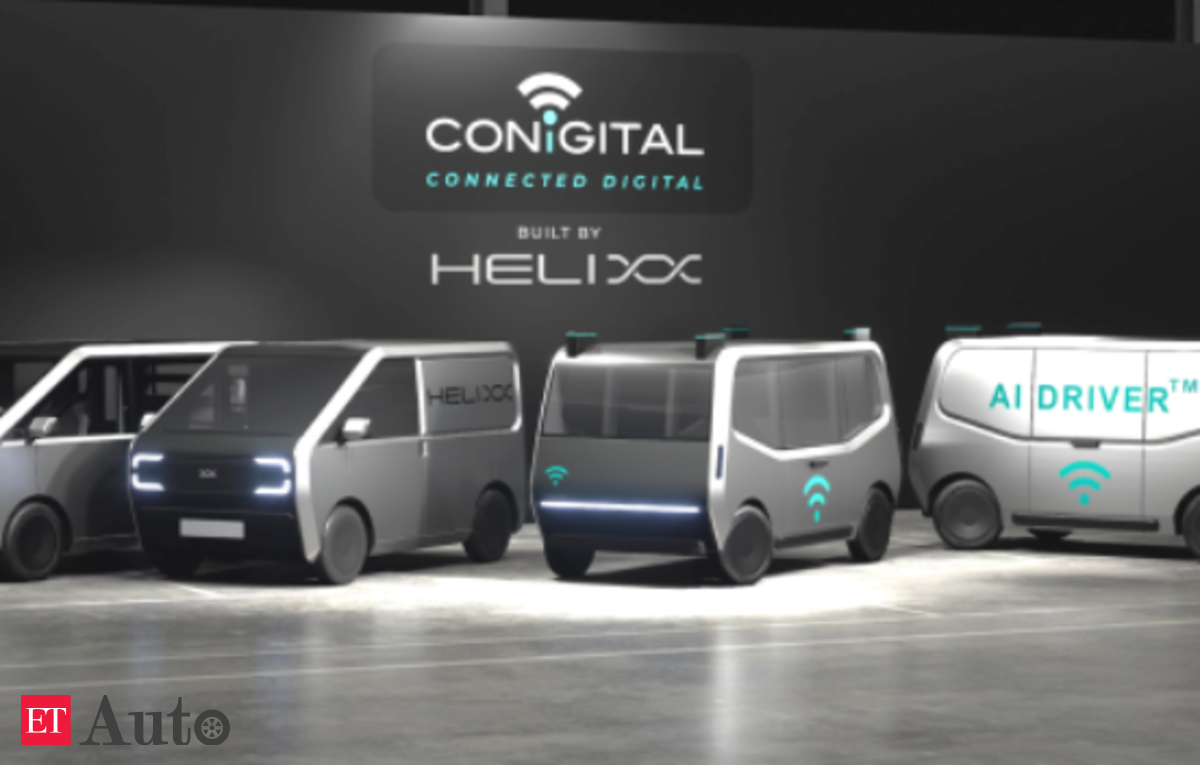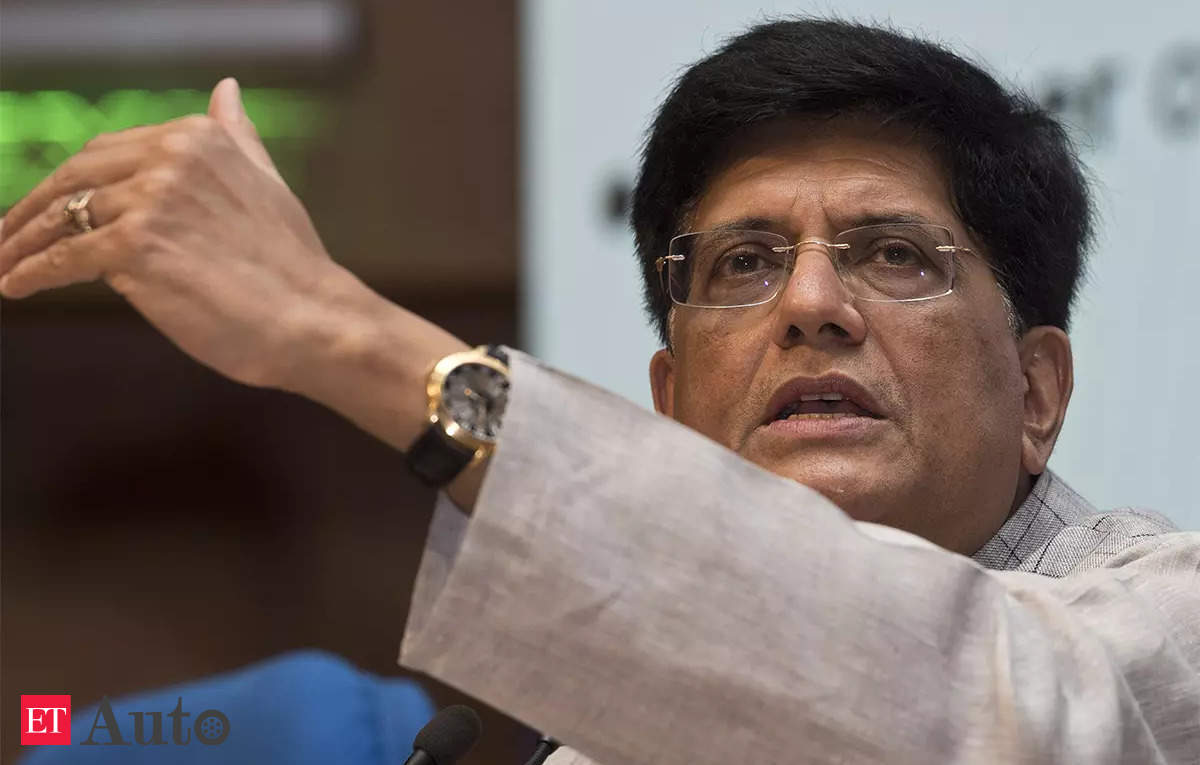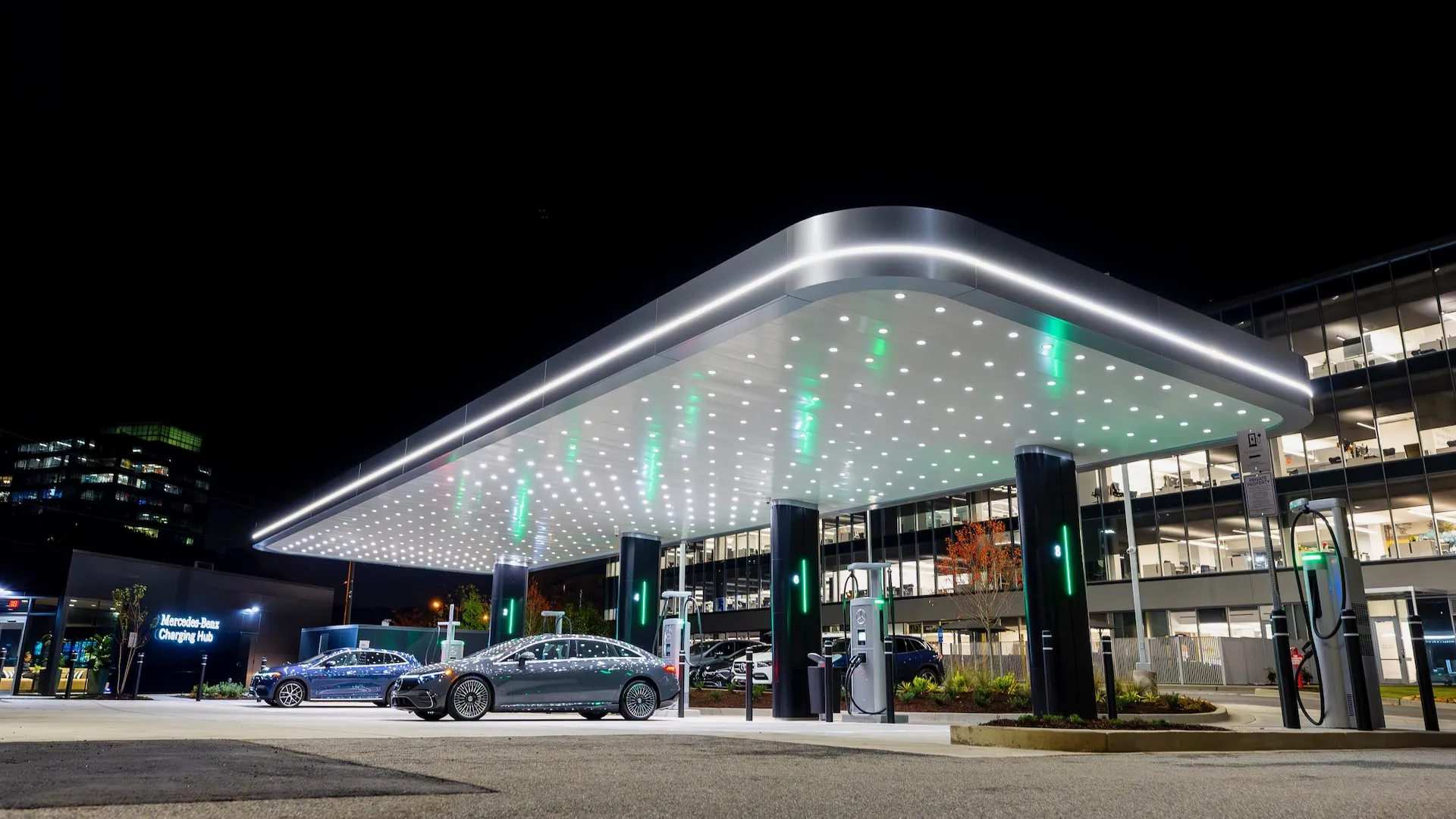The appeal of electric vehicles (EVs) is undeniable, but one major hurdle remains—the price. As it stands, the average cost of an EV is around $66,000, notably higher than the $48,000 average for new gasoline-powered cars in the U.S. While there has been a decrease from the previous year, manufacturers are striving to make EVs more budget-friendly to leverage the 60% surge in EV sales since 2022.
Ford’s Projection and Analyst Predictions

According to Ford Motor Co CEO Jim Farley, achieving price parity between EVs and gasoline-powered vehicles won’t materialize until after 2030. However, analysts paint a more optimistic picture, suggesting that EVs could reach price parity by 2025. This transformation hinges on ongoing price wars and continuous advancements in battery technology.
Chinese EVs Lead the Affordability Charge

China’s dominance in the EV industry, comprising 60% of global production and one-third of global EV sales, is shaping the affordability landscape. With a recent reduction in subsidies, Chinese EV manufacturers are engaging in a fierce price war. Some EVs are now priced as low as $14,500, posing a significant threat to Western automakers struggling to match these compelling offers.
BYD HAN EV: A Game-Changing Contender

For instance, the $30,000 BYD HAN EV offers an enticing package, featuring a 360-mile range and a 0 to 60 mph time of 3.9 seconds. Surprisingly, it not only outshines the Tesla Model 3 and Mustang Mach-E but also undercuts gasoline-powered rivals like the 2023 Chrysler 300 and the Volkswagen Arteon, priced at $44,305.
The Role of Cheaper Batteries

A substantial decrease in raw material prices for Lithium-ion batteries, the primary power source for most EVs, contributes to making EVs more affordable. The plummeting prices of lithium, cobalt, and nickel—key battery components—by 20%, 40%, and 21%, respectively, since January are significant factors. This reduction in material costs aligns with the Department of Energy’s $3 billion investment in creating a domestic battery supply chain to reduce dependence on Chinese lithium refineries.
Tesla’s Strategy and Advancements

Notably, Tesla is making strategic moves to enhance its market share by cutting prices, exemplifying a potential industry-wide trend. By investing in its 4680 battery cells, Tesla has achieved cost reductions, evident in the more affordable Model Y with a starting price of $49,900.
The Rise of Sodium-ion Batteries

In a bid for even more affordability, Chinese manufacturer CATL is pioneering sodium-ion batteries, boasting a 30% cost reduction compared to traditional lithium-ion batteries. This innovation not only addresses financial concerns but also sidesteps ethical issues related to mining, as sodium is abundantly available.
Tax Credits: A Temporary Boost

In 2022, the Biden Administration introduced tax credits to incentivize EV purchases. While these credits provide a competitive edge, they face increasing constraints. The tax credit is now divided into two parts, with stringent requirements on battery components’ origin and the recycling of critical minerals. Currently, only a select few manufacturers, including Tesla, General Motors, and Ford Motor, qualify for the full credit.
Future Stricter Regulations

The current conditions, demanding 50% of battery components to be North American-made, are set to evolve into even more stringent benchmarks, soaring to a remarkable 80% by the year 2026.
While these requirements might seem demanding at the moment, they are the seeds of a transformation that will soon take root as standard practice across the automotive industry. The shift toward these elevated standards aligns seamlessly with the overarching commitment to widespread vehicle electrification.
As automakers and governments jointly strive for a sustainable automotive landscape, these evolving benchmarks will not only define the regulatory landscape but also contribute to a future where electric vehicles stand shoulder to shoulder with their traditional counterparts, promising a more accessible and environmentally friendly driving experience.
A Transformative Journey

While the road to affordable EVs may seem prolonged, the combined impact of competitive market dynamics, battery innovations, and government incentives will likely usher in an era where EVs match and even surpass the affordability of their gasoline-powered counterparts. As the industry evolves, the transformative journey towards accessible and sustainable transportation is well underway.










